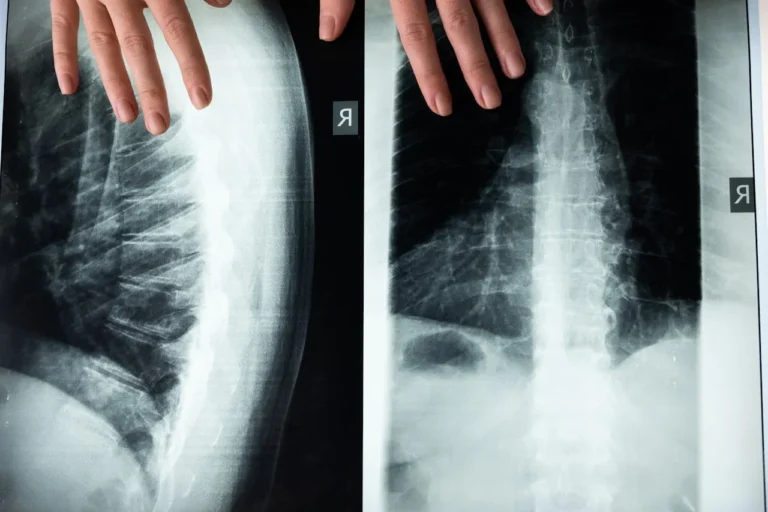
Novocure (NASDAQ: NVCR) has announced that the U.S. Food and Drug Administration (FDA) has approved Optune Lua® for use alongside PD-1/PD-L1 inhibitors or docetaxel. This treatment is intended for adult patients with metastatic non-small cell lung cancer (mNSCLC) who have experienced progression following a platinum-based regimen.
“Novocure is dedicated to improving survival rates in aggressive and hard-to-treat cancers. The FDA’s approval of Optune Lua provides a crucial new option for patients with metastatic non-small cell lung cancer (NSCLC) who have progressed after platinum-based chemotherapy,” said Asaf Danziger, CEO of Novocure. “We appreciate the support from patients, caregivers, investigators, and healthcare providers during the clinical trials that led to this approval.”
Optune Lua is a portable device that generates alternating electric fields, known as tumor treating fields (TTFields), delivered through non-invasive, wearable arrays. These TTFields exert physical forces on the charged components of dividing cancer cells, leading to cell death.
Dr. Ticiana Leal, Associate Professor and Director of the Thoracic Oncology Program at Emory University, highlighted, “While there have been significant advancements in first-line treatments for NSCLC, this aggressive disease often leads to progression, leaving patients with limited second-line options. The overall survival improvement seen with Optune Lua in the LUNAR study marks the first substantial advancement in over eight years for this patient group, and its lack of systemic toxicity makes it an appealing choice for patients and their doctors.”
Danielle Hicks, Chief Patient Officer at GO2 for Lung Cancer, expressed excitement over the new options for metastatic NSCLC patients, emphasizing the ongoing evolution in lung cancer treatment.
Data Supporting the Optune Lua Approval
The Phase 3 LUNAR study was a multicenter, randomized, open-label trial comparing Optune Lua used alongside PD-1/PD-L1 inhibitors or docetaxel (experimental arm) to these therapies alone (control arm) in patients with metastatic NSCLC who progressed after platinum-based therapy.
The study’s primary endpoint was achieved, showing a statistically significant and clinically meaningful median overall survival (OS) increase of 3.3 months (P=0.04) for patients treated with Optune Lua alongside a PD-1/PD-L1 inhibitor or docetaxel (n=145). The median OS for the experimental group was 13.2 months (95% CI, 10.3 to 15.5 months), compared to 9.9 months (95% CI, 8.2 to 12.2 months) in the control group (n=146).
The study also included two pre-specified secondary endpoints. The first, which met statistical significance, assessed median OS for patients treated with Optune Lua and a PD-1/PD-L1 inhibitor versus those treated with the inhibitor alone. The second endpoint, which showed a positive trend but did not achieve statistical significance, compared Optune Lua with docetaxel to docetaxel alone.
Patients receiving Optune Lua with a PD-1/PD-L1 inhibitor (n=70) had a median OS of 19.0 months (95% CI, 10.6 to 28.2 months) compared to 10.8 months (95% CI, 8.3 to 17.6 months) for those on the inhibitor alone (n=71), resulting in a statistically significant OS extension of over 8.0 months (P=0.02).
For patients on Optune Lua and docetaxel (n=75), the median OS was 11.1 months (95% CI, 8.2 to 13.9 months), versus 8.9 months (95% CI, 6.5 to 11.3 months) for those treated with docetaxel alone (n=75). Although this 2.2-month increase in median OS did not reach statistical significance, it indicated a positive trend.
Device-related adverse events were reported in 63.1% of patients (n=89), primarily skin-related issues under the transducer arrays. Most were low grade (Grade 1-2), with only 4% (n=6) experiencing Grade 3 skin toxicity requiring a treatment break. No Grade 4 or 5 toxicities were reported, and there were no device-related deaths.
Baseline characteristics were well-balanced between cohorts, with a median age of 65 years (range, 22-86); 66% male and 34% female; and 96% of patients having an ECOG performance status of 0-1. PD-L1 expression data were collected from 83% of patients enrolled at U.S. sites, evenly distributed across the cohorts.
Non-Small Cell Lung Cancer (NSCLC)
Lung cancer is the leading cause of cancer-related deaths globally, with non-small cell lung cancer (NSCLC) accounting for approximately 85% of all lung cancers. Around 193,000 patients are diagnosed with NSCLC annually in the U.S.
Treatment strategies for NSCLC vary based on the disease stage and may include surgery, radiation, and pharmacological therapies. Surgery is typically reserved for early-stage patients. Since 1991, radiation combined with platinum-based chemotherapy has been the standard first-line treatment for locally advanced or metastatic NSCLC. Immune checkpoint inhibitors, including PD-1 and PD-L1 inhibitors, have recently become standard first-line treatments, and the standard of care continues to evolve.
It is estimated that about 30,000 patients in the U.S. seek treatment for stage 4 NSCLC after progressing following platinum-based therapy each year. The second-line standard of care is also changing, potentially involving additional platinum-based chemotherapy for those who have received immune checkpoint inhibitors first, as well as other agents like pemetrexed or docetaxel.




